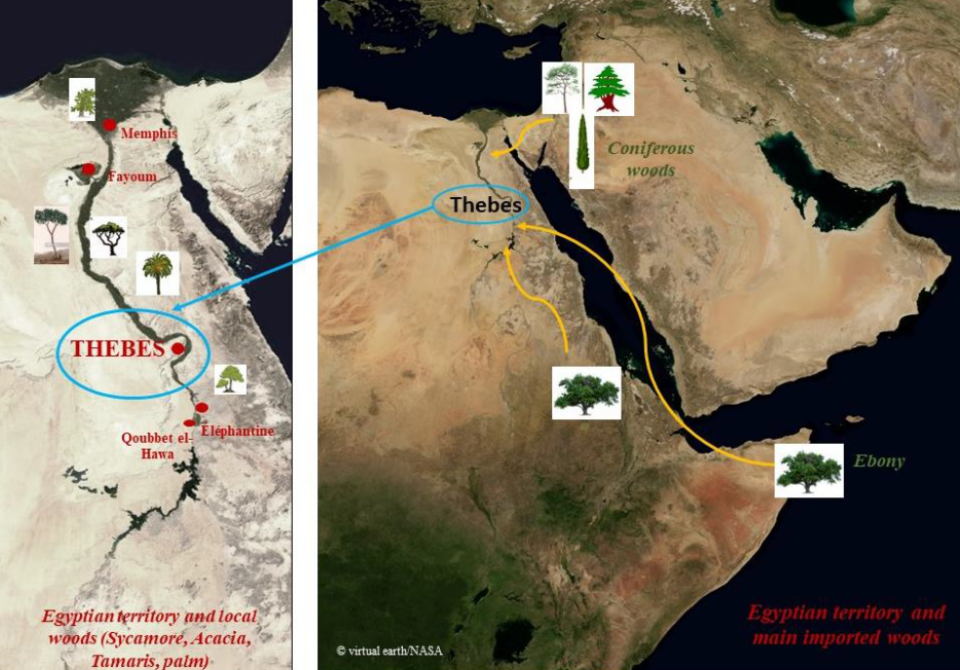
Home » Projects » Current Projects » Waset
The interdisciplinary WASET project brings together for the first time in Egyptology the across disciplines of archaeometry, art history, archaeology and text study to conduct a detailed analysis of the economic and social networks of wood in Egypt during the Middle Kingdom (MK) and Second Intermediate Period (2IP) (ca. 2050-1550 BC) through a comprehensive study of wood funerary objects discovered in Thebes, the ancient Egyptian center known as Waset.
From the “world of the living” to the “realm of the dead”, following the routes of the woods and their evolution over the period, it will then be a question of “going beyond the frontier” whether regional, territorial, social and symbolic. Closely related to the research lines developed within the CIARQ Research Group of the University of Alcalá (https://thebanproject.com/en/ciarq-research-group/), by crossing cultural sources and viewpoints, by examining intercultural connections, the role of wood as a “social tracer” will be examined within a key territory of Middle Bronze Age Egypt, Thebes. By reconnecting texts and materiality, identifying and mapping productions and workshops, the question of wood social uses and networks –but also the significant reality of gender notion for the access and use of wood– will be the key points of the project and will complement in an innovative way the work in progress at the University of Alcalá.
Six questions structure the project:
By responding these questions, the WASET project will highlight how wood and its uses are closely related with the other dimensions of its historical context (religious, political, cultural) between the Middle Kingdom and the Second Intermediate Period
Medjehu members involved:
Gersande Eschenbrenner Diemer, Egyptologist/Wood anatomist
Apri un sito e guadagna con Altervista - Disclaimer - Segnala abuso